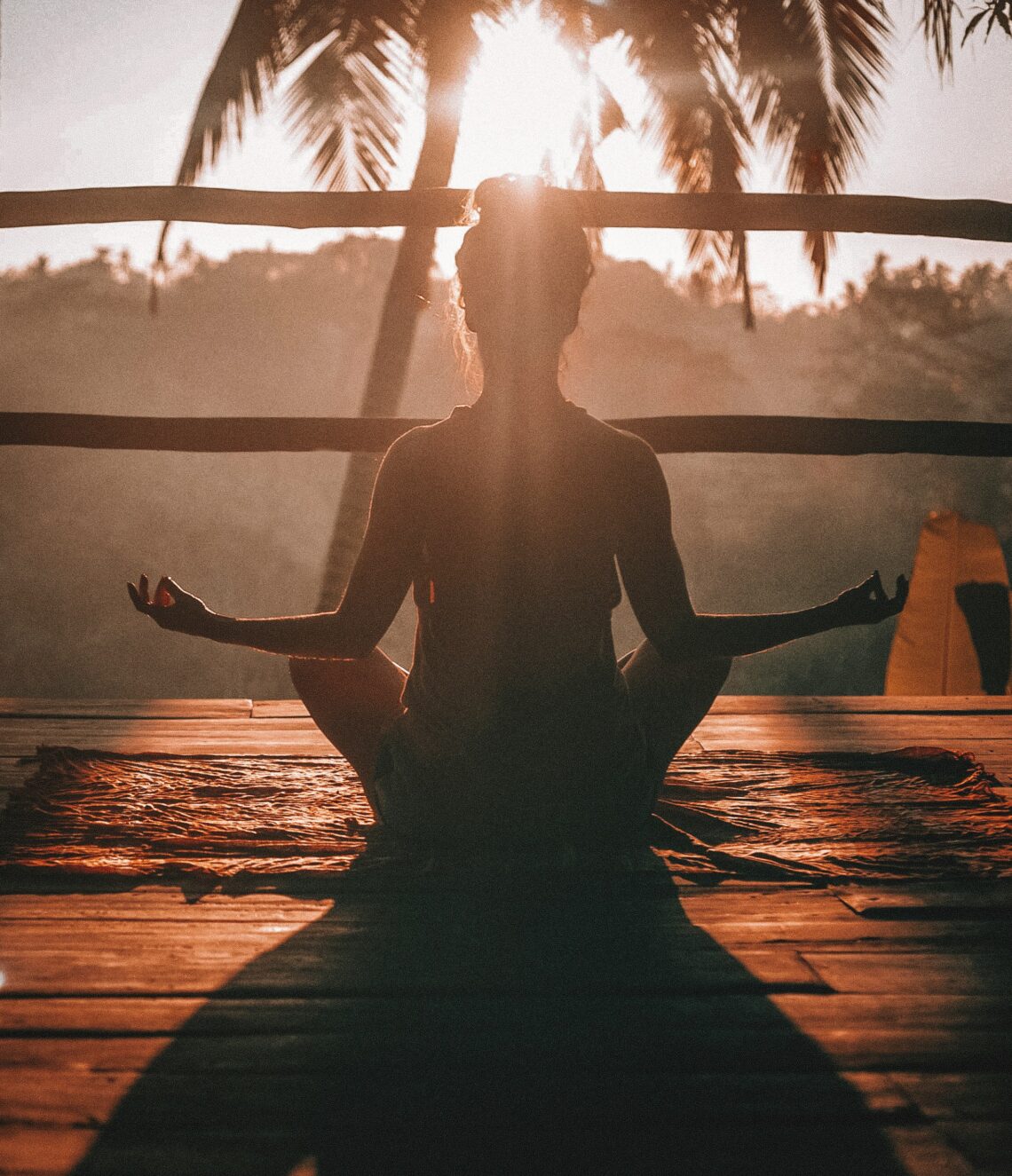Embracing Mindfulness: A Journey Towards Inner Peace and Better Health
In today’s fast-paced world, where the relentless hum of smartphones and deadlines can easily drown out our inner thoughts, finding a moment of peace can feel like chasing a mirage. When I first heard about mindfulness, I was skeptical—could simply paying attention to my breath really have any impact on my well-being? Yet, as I delved deeper, it became clear: embracing mindfulness is not just a trend; it’s a profound journey towards inner peace and better health.
The Essence of Mindfulness
Mindfulness, at its core, is the practice of being present in the moment without judgment. It’s about observing thoughts and feelings as they arise, rather than getting swept away by them. Jon Kabat-Zinn, a pioneer in the field, describes mindfulness as “paying attention in a particular way: on purpose, in the present moment, and non-judgmentally.” This sounds straightforward, but let me tell you, it’s a whole lot harder than it seems—especially when that to-do list is screaming at you from your desk.
The Science Behind Mindfulness
Research has shown that mindfulness can lead to a plethora of benefits, both mental and physical. A significant number of studies suggest that regular mindfulness practice can:
- Reduce stress and anxiety
- Enhance emotional regulation
- Improve focus and concentration
- Promote better sleep
- Boost immune system function
One particularly striking study published in the journal “Psychological Science” found that participants who practiced mindfulness meditation reported higher levels of well-being and lower levels of distress. It struck me that such a simple practice could yield such profound results. The science is compelling, but what does that really look like in daily life?
Integrating Mindfulness into Everyday Living
Mindfulness is not reserved for serene yoga studios or quiet retreats. It can be woven into the very fabric of our daily routines. Here are a few practical ways to incorporate mindfulness, even amidst chaos:
1. Mindful Mornings
Instead of jumping out of bed and diving headfirst into your day, try starting with a few minutes of mindfulness. As you wake up, take a moment to focus on your breath. Inhale deeply, feeling your lungs expand, and exhale slowly, letting go of any tension. I remember one morning, I tried this and realized just how much I had been rushing through my mornings. It was a game-changer.
2. Mindful Eating
In a world of multitasking, eating often becomes an afterthought. Practicing mindful eating involves paying full attention to the experience of eating: the textures, the flavors, and even the sounds. As you take a bite, pause to really taste your food. It can be surprisingly satisfying—and you might even find yourself eating less, as you truly appreciate each morsel.
3. Mindful Walking
Whether you’re commuting or just taking a stroll, walking can be a fantastic opportunity for mindfulness. Focus on each step, feel your feet connect with the ground, and notice the sensations in your body. I’ll be honest; the first time I did this, I felt a bit silly. But there’s something liberating about letting go of the need to rush and simply being present in the moment.
The Roadblocks to Mindfulness
Of course, the journey towards mindfulness is not without its challenges. Life throws distractions our way—stress from work, family obligations, and the incessant notifications from our devices can all serve as formidable roadblocks. It’s essential to recognize that these obstacles are not signs of failure; they’re simply part of the process. Here are a few common hurdles and how to navigate them:
1. The Busy Mind
Many of us live with a mind that doesn’t know how to slow down. Thoughts race like a hamster on a wheel, making it difficult to focus. When I first attempted to meditate, I found myself thinking about everything from grocery lists to what I would wear tomorrow. The trick is to acknowledge these thoughts without judgment and gently return your focus to your breath. “Oh look, there goes my mind again!” It’s all part of the practice.
2. Self-Judgment
Another common barrier is the tendency to judge ourselves for not “doing mindfulness” correctly. Trust me, I’ve been there. The key is to remember that mindfulness is not about perfection; it’s about progress. Some days will be easier than others, and that’s completely okay.
Mindfulness and Mental Health
The connection between mindfulness and mental health is increasingly recognized in both clinical settings and popular culture. As someone who has experienced bouts of anxiety, I can attest to the transformative power of mindfulness. It has provided me with tools to manage my thoughts and emotions more effectively. Numerous mental health professionals advocate for mindfulness-based interventions, particularly for treating anxiety and depression.
Mindfulness-Based Stress Reduction (MBSR)
One of the most well-known programs is Mindfulness-Based Stress Reduction (MBSR), developed by Jon Kabat-Zinn. This program combines mindfulness meditation and yoga, and it has shown remarkable results in various research studies. Participants often report decreased anxiety, improved mood, and enhanced overall well-being. If you’re curious, I highly recommend exploring local classes or online resources.
Mindfulness and Physical Health
Beyond mental health, the physical benefits of mindfulness are equally impressive. Research indicates that mindfulness can lead to lower blood pressure, reduced chronic pain, and even improved cardiovascular health. How does this work, you ask? Well, mindfulness may help reduce the body’s stress response, which, in turn, can have a positive impact on various physiological processes.
Stress Reduction and Immune Function
Stress is often referred to as the “silent killer,” and for good reason. Chronic stress can wreak havoc on our bodies and immune systems. A study published in “Health Psychology” found that individuals who practiced mindfulness regularly exhibited better immune responses compared to those who did not. It’s a bit like giving your body a protective shield—who wouldn’t want that?
The Role of Community in Mindfulness
While mindfulness can be practiced solo, engaging with a community can significantly enhance your experience. Group meditation or mindfulness classes provide a shared space for practice, support, and growth. I recall my first group meditation; I was nervous, thinking I’d mess it up somehow. Yet, the collective energy was palpable, and I left feeling invigorated, as if I had tapped into a shared consciousness.
Finding Your Tribe
Whether it’s a local meditation group, an online forum, or even a book club centered around mindfulness literature, connecting with others can provide motivation and accountability. Plus, it’s comforting to know you’re not alone on this journey—after all, we’re all just trying to navigate this beautiful mess called life.
Mindfulness Resources
For those interested in exploring mindfulness further, there’s a wealth of resources available. Here are a few recommendations that have been particularly helpful to me:
- Apps: Headspace and Calm are popular choices that offer guided meditations and mindfulness exercises.
- Books: “Wherever You Go, There You Are” by Jon Kabat-Zinn is a classic, while “The Miracle of Mindfulness” by Thich Nhat Hanh provides practical insights.
- Online Courses: Platforms like Coursera and Udemy often feature mindfulness courses for beginners.
It’s worth noting that everyone’s journey is unique. What works for one person may not resonate with another. So, experiment! Find what feels right for you and embrace it.
Mindfulness in the Workplace
As more organizations recognize the benefits of mindfulness, many are beginning to incorporate it into the workplace. Companies are offering mindfulness programs, meditation rooms, and even yoga classes for employees. It’s a refreshing shift, and I can’t help but chuckle at the thought of my former corporate office, where the only “mindfulness” was trying to remember where I parked my car.
The Benefits for Employers and Employees
Mindfulness in the workplace can lead to improved employee morale, reduced stress levels, and increased productivity. A study by the University of Massachusetts found that employees who participated in mindfulness training reported greater job satisfaction and engagement. It’s a win-win situation, really.
A Personal Reflection
As I reflect on my own journey with mindfulness, I realize it has become a cornerstone of my life. It’s not about achieving a state of bliss or enlightenment—rather, it’s about cultivating an awareness that allows me to navigate challenges with greater ease. I remember a particularly stressful week at work; instead of succumbing to panic, I turned to mindfulness, and it helped me regain my footing. It’s like having a trusty umbrella on a rainy day—always there when you need it.
Conclusion: The Ongoing Journey
Embracing mindfulness is not a one-time event; it’s an ongoing journey. Just as our lives are constantly changing, so too is our relationship with mindfulness. There will be days when it feels effortless, and others when it seems out of reach. The key is to remain patient and compassionate with ourselves. As we cultivate this practice, we open the door to greater inner peace and better health—an invaluable gift in a world that often demands more than we can give.
So, whether you’re a seasoned meditator or a curious newcomer, I encourage you to embark on this journey. Take a deep breath, find a moment of stillness, and embrace the present. Who knows what you might discover along the way?






